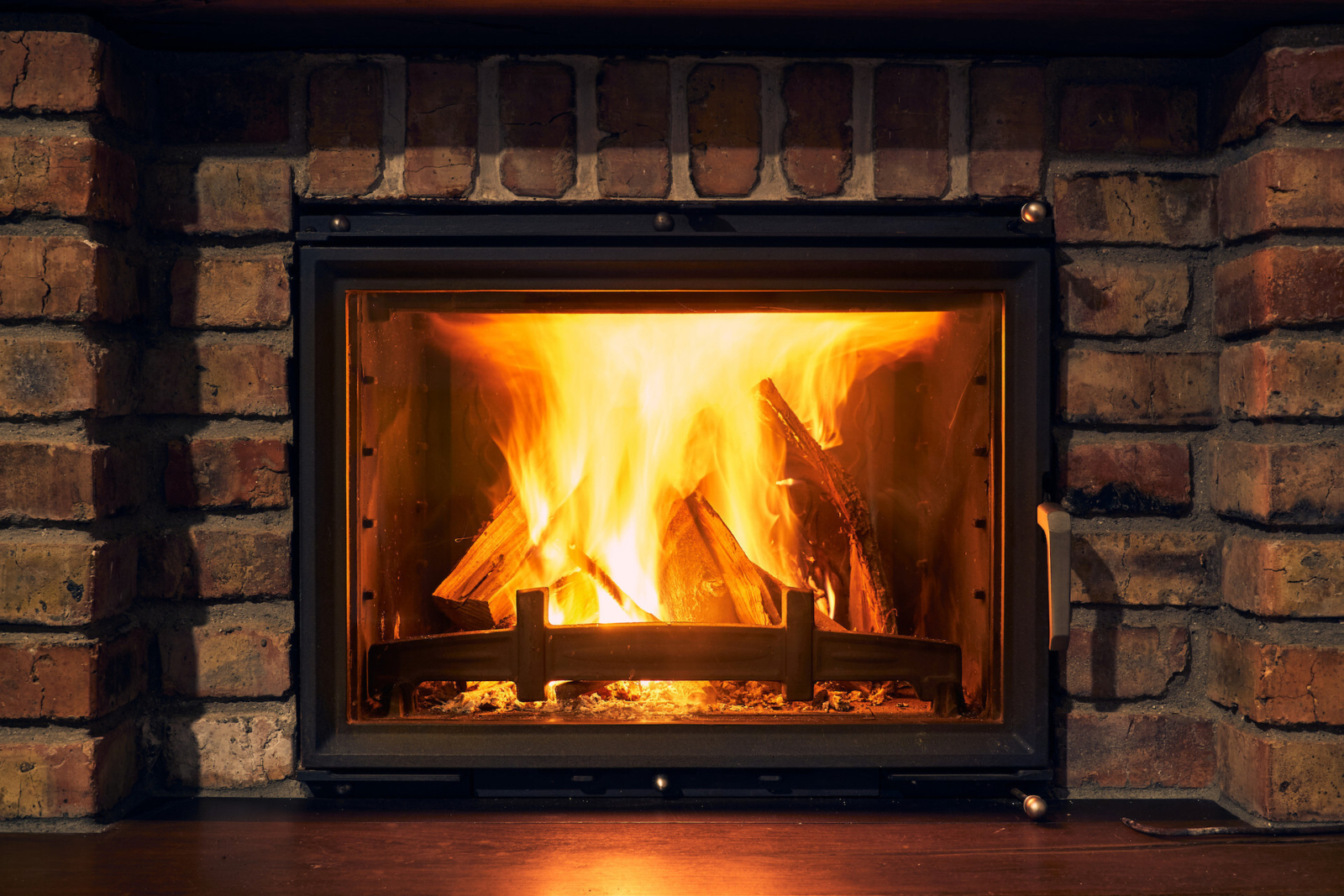Fireplace Safety & Disaster Prevention: A Business Owner’s Guide

As the temperature drops, fireplaces become a comforting and practical way to create warmth and ambiance. However, for business owners—especially those managing hotels, restaurants, or office spaces—fireplace safety is more than just a seasonal concern; it’s a critical component of disaster prevention. Without proper maintenance and usage, fireplaces can lead to devastating fire damage, smoke hazards, and even carbon monoxide poisoning.
In this guide, we’ll explore best practices for fireplace safety, strategies to prevent fire-related disasters, and steps businesses can take to ensure their properties, employees, and customers are safe.
Understanding the Risks
First thing first, fireplaces, whether wood-burning, gas, or electric, require regular inspection and proper handling to prevent serious hazards. Never let your annual inspections lapse. A poorly maintained fireplace can result in:
Structural Fire Damage: Creosote buildup, faulty chimneys, and stray embers can ignite nearby materials, potentially leading to structural damage.
Carbon Monoxide Exposure: Gas fireplaces and smoldering wood fires can emit harmful, odorless gases.
Smoke Contamination: Inadequate ventilation can lead to extensive smoke damage, affecting air quality and causing costly remediation.
Fireplace Safety Best Practices for Businesses
1. Properly Extinguish Fires
One of the most overlooked fire hazards is assuming a fire is out simply because visible flames have disappeared. Embers can remain hot for hours, posing a potential danger. To safely extinguish a fireplace fire:
Spread out the embers using a fireplace tool to cool them faster.
Smother with ash or sand to reduce oxygen supply and prevent reignition.
Use baking soda to neutralize any remaining heat.
Wait several hours before attempting to remove ashes.
Dispose of ashes properly in a metal container, stored away from flammable materials.
2. Never Leave a Fire Unattended
Leaving embers smoldering overnight or walking away from an active fireplace is a major risk For safety, businesses should always:
Ensure the fire is fully extinguished before closing up for the night.
Install a fireplace screen to prevent stray sparks from igniting furniture or flooring.
Keep all flammable materials at least three feet away from the fireplace.
3. Schedule Regular Inspections & Maintenance
Annual chimney inspections can catch creosote buildup, cracks, or blockages that increase fire risks.
Gas fireplaces should be checked for leaks, pilot light malfunctions, and ventilation issues.
Ensure carbon monoxide detectors are installed and tested regularly.
The Role of Fireplaces in Energy Efficiency
While fireplaces add warmth, they may not always be the most efficient heating option. Here’s how different types of fireplaces impact energy use, something to think about if you have the option for a more energy-efficient fireplace:
Wood-burning fireplaces: Often pull heated air from other areas, forcing HVAC systems to work harder.
Gas fireplaces: Direct-vent or vent-free models offer better efficiency, but continuous use can increase costs.
Electric fireplaces: Provide steady heat without losing energy through chimneys, making them a reliable supplemental heat source.
What NOT to Burn in a Fireplace
Using the wrong materials in a fireplace can contribute to fire hazards, toxic fumes, and excessive smoke.
DON”T:
❌ Avoid burning treated or painted wood (releases toxic fumes)
❌ Avoid burning paper or cardboard (sends embers into the air)
❌ Avoid burning plastic & synthetic materials (produces harmful chemicals)
❌ Avoid burning green wood (causes excessive smoke and creosote buildup)
DO:
✅ Burn Seasoned hardwood (oak, maple, birch)
✅ Manufactured fire logs
✅ Kindling and untreated wood
Fire Damage Recovery & Preparedness for Businesses
Despite best efforts, fireplace-related fires can still occur. Business owners should have a disaster recovery plan, like the NDS PRIME™ program, in place, including:
Emergency fire suppression systems to contain fires before they spread.
Evacuation procedures for employees and guests.
Restoration services on standby to handle smoke, soot, and structural damage in the event of a fire.
Final Thoughts
Fireplaces can enhance the atmosphere of a business, but safety should always come first. By implementing the easy-to-follow fireplace safety measures, scheduling routine inspections, and having a fire damage recovery plan in place, business owners can protect their property, employees, and customers from avoidable disasters.
If your business has suffered fire or smoke damage, our disaster recovery experts are ready to assist. Contact us today for a comprehensive restoration plan that gets you back to business—safely and efficiently.

